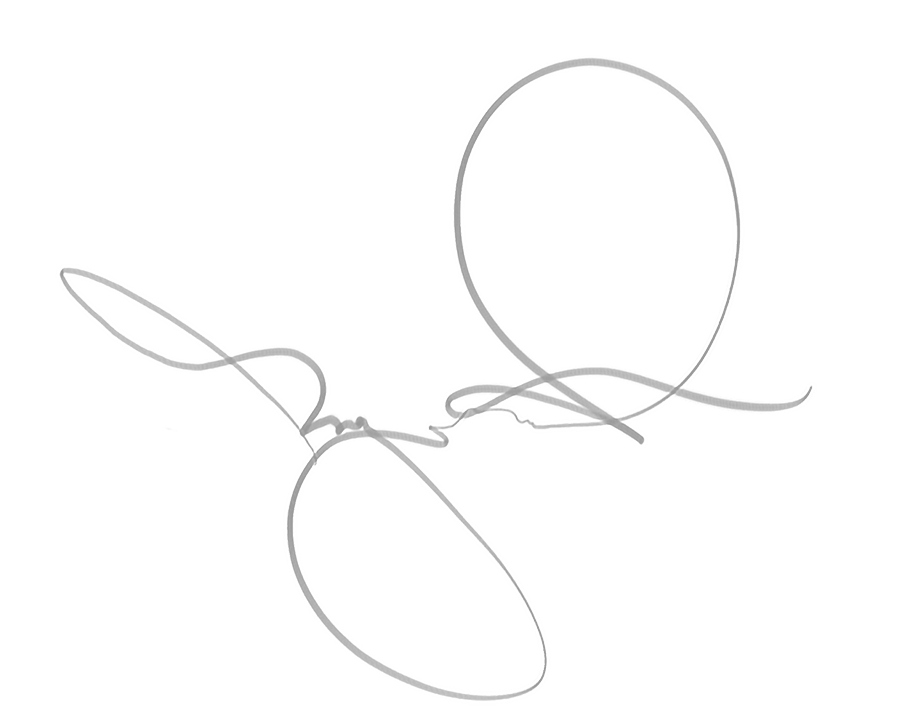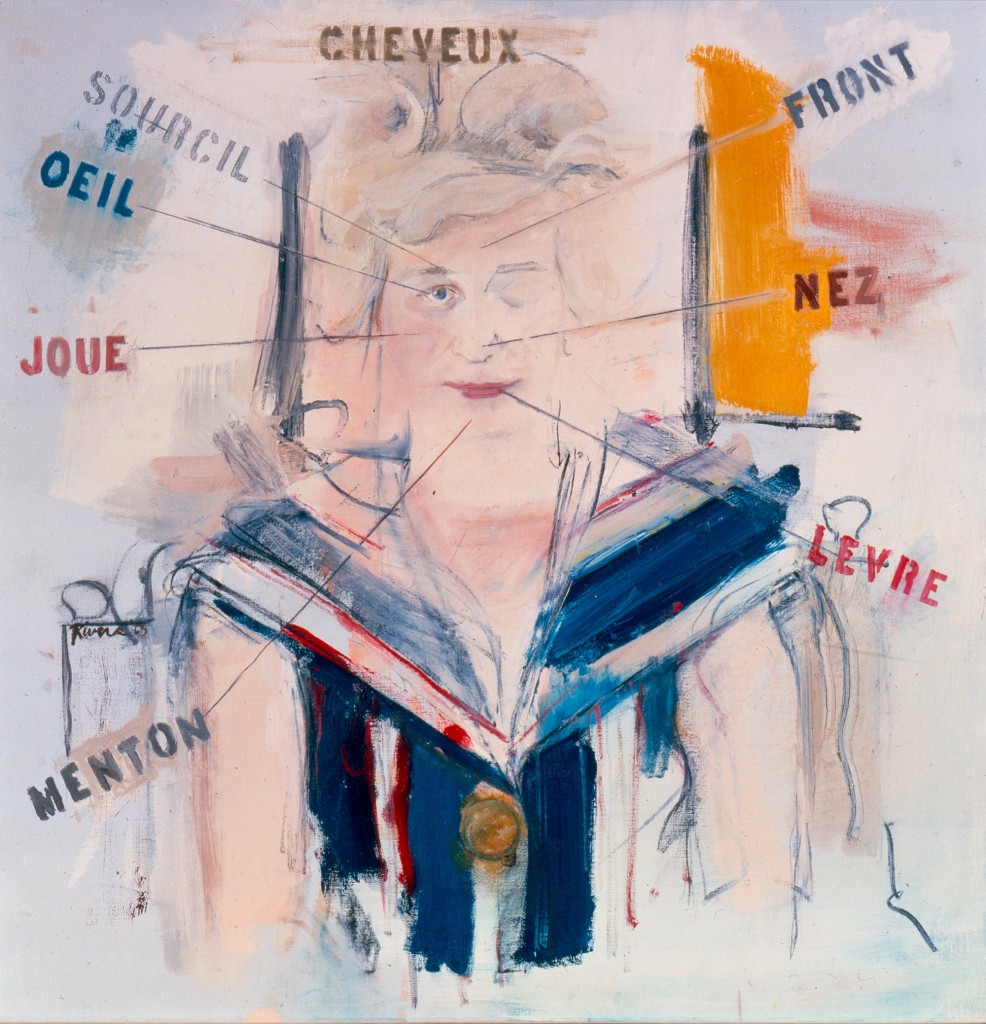You realize quickly here that its not the way a city looks, but the people who live there, their culture and customs, that create the place. This is so obvious its easy to leave it unsaid, but it's important to say, especially in New Orleans. The love for those Victorian French Quarter buildings wouldn't exist without the New Orleanean people. They'd be meaningless, empty signifiers if they were surrounded and inhabited solely by disparate tourists and newcomers. We love the buildings because they knit together a cultural heritage of shared experience, some of it centuries old and some of it ours. It's not the balcony, it's the time you spend there throwing beads to strangers, reveling in shared humanity. It's not the courtyard, it's the perfect rest it gave you from the busy street and the server who brought you tea by the fountain that's beautiful.
But we imbue that courtyard, that balcony - its wrought iron railing, its Romeo spikes, its downward slant toward the street - with our meaning and love and so its physical form comes to represent the beauty of New Orleans. And in focusing so closely on the form, we leave ourselves vulnerable to poor decisions; like to carefully preserve architecture while making policy that harms the people who live within it. Like displacing vibrant communities to gain riches to care for the city and mistakenly thinking we're doing well - preserving something. We leave ourselves open to forgetting that the built environment, valuable as it is, is not the source of our beloved culture and beauty, only the container. The people are the source.
Visions of Us at NOMA gave me an idea of how to say this. The exhibition had a painting by Larry Rivers called Portrait of Sunny Norman: Parts of the Face that said there was more to being Sunny Norman than the components of her physical form. I'll make a similar portrait of New Orleans, annotate her buildings, and reflect their elevation with amorphous color to represent the music, laughter, parades, and people who make this city our home.



